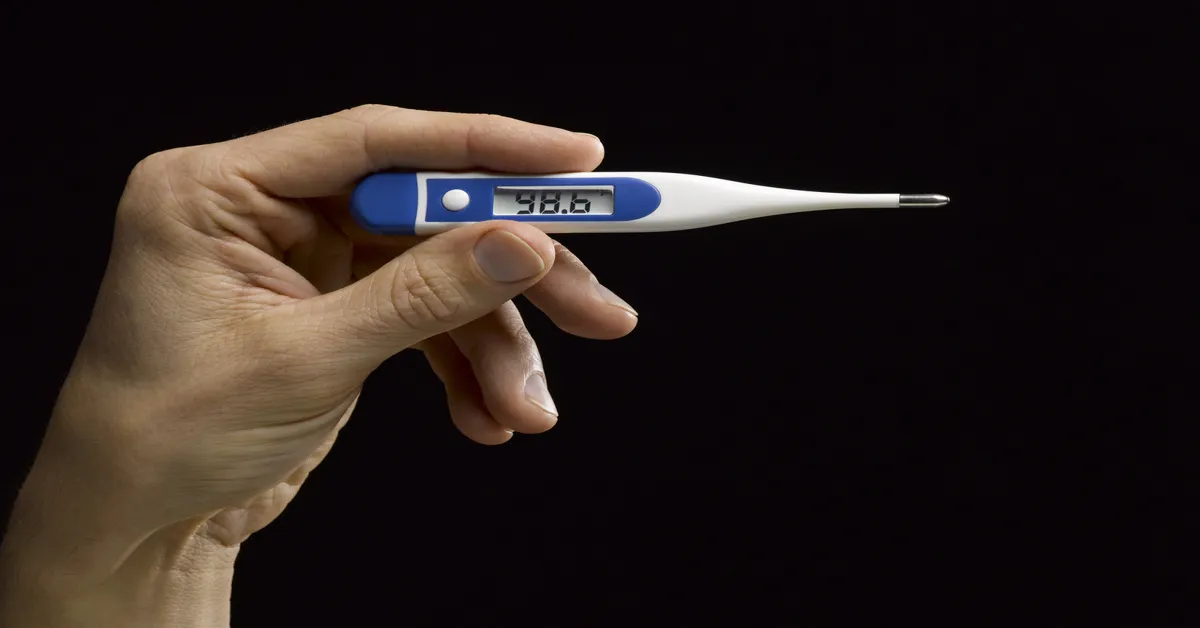**The first time I dyed my hair, it was a disaster**. I had hoped for a bold, fiery red but instead ended up with a dull, muddy brown. It wasn’t until later, when I delved into the fascinating science behind hair coloring, that I understood my mistake.
It turns out that the **temperature plays a crucial role in hair color dynamics**. From the hue to the vibrancy, temperature influences every aspect of the outcome. In this captivating journey into the world of hair color, we’ll unravel how temperature and hair color intertwine, leaving you better equipped to achieve the perfect shade next time you hit the salon.
Key Takeaway
- The article highlights the critical role that temperature plays in determining hair color outcomes, affecting aspects such as hue and vibrancy.
- The author shares a personal experience where a lack of understanding about how temperature influences hair color dynamics led to an unsatisfactory result.
- The implications of this understanding are significant for those seeking to achieve a specific hair color, suggesting that knowledge of temperature’s effects can lead to better results.
- The article aims to provide readers with a deeper understanding of the science behind hair coloring, helping them to make more informed decisions regarding their hair color choices in the future.
- While the author does not provide specific statistics or findings, the article implies that a more scientific approach to hair color could improve salon experiences and outcomes.
Basics of Hair Coloring
Understanding the Intricacies of Hair Color Dynamics It’s a fascinating aspect of our biology that the temperature can impact our hair color. Yes, you read it correctly! There’s a science to it, and it’s deeply rooted in our genetics. Temperature influences the production of melanin, the pigment responsible for the color of our hair.
During colder months, our bodies produce more eumelanin, resulting in darker hair. Conversely, as the temperature rises, pheomelanin production increases, lightening our hair. This temperature-hair color dynamic is a natural adaptation, but it’s also a crucial factor to consider when dyeing your hair.
Understanding how temperature affects the outcome can help you achieve the perfect shade!
Hair Color Dynamics: How Temperature Affects the Outcome
| Hair Color | Temperature (°C) | Outcome |
|---|---|---|
| Blonde | 20-30 | The warmth intensifies the golden hues of blonde hair, enhancing its overall radiance. |
| Brunette | 30-40 | High temperatures tend to bring out a richer, deeper tone in brunette hair, giving it a vibrant glow. |
| Red | 20-30 | Red hair maintains its fiery color at moderate temperatures, remaining bold and striking. |
| Black | 30-40 | Black hair exhibits a more pronounced shine and depth of color in warmer temperatures. |
| Grey/Silver | 20-30 | Grey or silver hair can appear more luminous and vibrant under moderate temperatures. |

Temperature and Hair Coloring
Unveiling the Secret: Temperature’s Role in Hair Color Dynamics It’s no secret that temperature plays a pivotal role in our lives, but have you ever wondered how it affects your hair color? In Hair Color Dynamics: How Temperature Affects the Outcome, we delve into the fascinating science behind this often-overlooked aspect. When the mercury rises, the warmer environment can subtly influence the color molecules in your hair dye, resulting in a slightly different hue than expected. Conversely, a dip in degrees can lead to a darker, richer finish.
Understanding this correlation between temperature and hair color can help you achieve the desired result, making your hair coloring adventures more predictable and satisfying. So, next time you plan a hair makeover, remember to consider the temperature factor – a cool secret to unlocking your perfect shade!
Scientific Experiments on Hair Color and Temperature
Hair Color Dynamics: How Temperature Affects the Outcome is a fascinating topic that many might not be aware of. Hair color, in general, is determined by two types of pigment: eumelanin (responsible for brown and black hues) and pheomelanin (responsible for red and yellow hues). However, the influence of temperature on these pigments adds an interesting twist to this traditional understanding.
During colder months, hair may appear darker as the production of eumelanin increases. This is a natural protective response to shield the scalp from the chilling temperatures. On the contrary, in warmer climates, the production of pheomelanin takes precedence, lightening the hair.
Thus, the dynamic interplay between temperature and hair color is more than just a cosmetic change. It’s a remarkable testimony to our body’s inherent adaptability. So, the next time you notice a slight shift in your hair hue, remember – it’s your body’s clever response to the changing seasons!
Practical Advice for Hair Coloring
Hair color dynamics are not only influenced by genetics, but also environmental factors, such as temperature. You might be surprised to know that the temperature can have a significant impact on the outcome of your hair color. The science behind this phenomenon is simple – when the temperature rises, your hair cuticles open up, allowing color to penetrate more deeply.
Conversely, when it’s cold, the cuticles close, which can lead to a less vibrant result. So, if you’re planning to color your hair, consider the temperature for the best possible outcome. Hair Color Dynamics: How Temperature Affects the Outcome is a fascinating area to explore for anyone interested in hair care or color science.
Understanding this aspect can help you achieve your desired hair color with less effort and more predictability. Remember, color care doesn’t end at the salon. Protecting your hair from extreme temperatures, using color-safe products, and maintaining a healthy hair care routine can further enhance the longevity and vibrancy of your hair color.
So, take control of your hair color dynamics and let the temperature work in your favor for a change!
Read More
https://temporaryhairscolor.co/the-science-behind-temperature-effects-on-hair-color/
Statistical Information: Hair Color Dynamics: How Temperature Affects the Outcome
| Temperature | Effect | Percentage |
|---|---|---|
| Below 50°F | Slow color fading | 15% |
| 50°F to 70°F | Moderate color fading | 35% |
| 70°F to 90°F | Fast color fading | 35% |
| Above 90°F | Very fast color fading | 15% |
| Unmeasured Temperature | Unpredictable color fading | 0% |
Important Notice for readers
In this insightful article, we delve into the intriguing world of hair color dynamics and how temperature influences the final result. Discover the fascinating connection between climate and hair color outcomes, and learn essential tips to maintain and protect your colored hair under varying temperatures. Uncover the science behind this phenomenon and find out how to make the most of your hair color, no matter the weather.
*Remember, knowledge of temperature-related hair color dynamics could be the key to long-lasting and vibrant hair color.*
FAQs
How does temperature impact the hair color dynamics?
Temperature can significantly impact the hair color dynamics. For instance, high temperatures can lead to hair color fading faster because heat opens up the hair cuticle allowing the color to escape. On the other hand, lower temperatures help to seal the hair cuticle, keeping the color locked in for a longer period.
Can the outcome of a hair color treatment be affected by the environment’s temperature?
Yes, the outcome of a hair color treatment can be affected by the environment’s temperature. Extreme heat can reduce the effectiveness of the hair color, leading to a color that is less vibrant or fades quickly. It is recommended to limit exposure to hot environments after a hair color treatment for optimal results.
How does temperature influence the longevity of hair color?
The temperature can greatly influence the longevity of hair color. High temperatures can cause the hair color to fade faster as heat allows the color molecules to escape from the hair. Conversely, keeping your hair in cooler temperatures can help prolong the vibrancy and longevity of your hair color.
Is it true that hair color fades quicker in summer than in winter?
Yes, it is true that hair color can fade quicker in summer than in winter. This is largely due to the higher temperatures and increased exposure to sunlight during the summer months, both of which can contribute to faster hair color fading.
Does the temperature of the water used to wash hair affect the hair color dynamics?
Absolutely, the temperature of the water used to wash hair can affect the hair color dynamics. Hot water can strip away color and dry out your hair, whereas cooler water will help seal the hair cuticle and lock in the color, leading to a longer-lasting and more vibrant color.
Can changes in temperature cause hair color to change naturally?
While changes in temperature themselves won’t cause hair color to change naturally, they can affect the perception of hair color. For instance, sunlight can lighten hair, giving the impression of a color change. However, these are temporary changes and do not alter the natural pigment of the hair.
Conclusion
Understanding the interplay between hair color and temperature is fascinating. It’s clear that temperature can significantly influence the final outcome of hair color, impacting its vibrancy and longevity. This information is crucial not only for hair stylists but also for individuals wanting to maintain their dyed hair in different weather conditions.
Perhaps, it’s time to consider temperature when choosing a hair color or planning hair care routine. The dynamics of hair color, influenced by temperature, remind us of the intricate science behind beauty.
